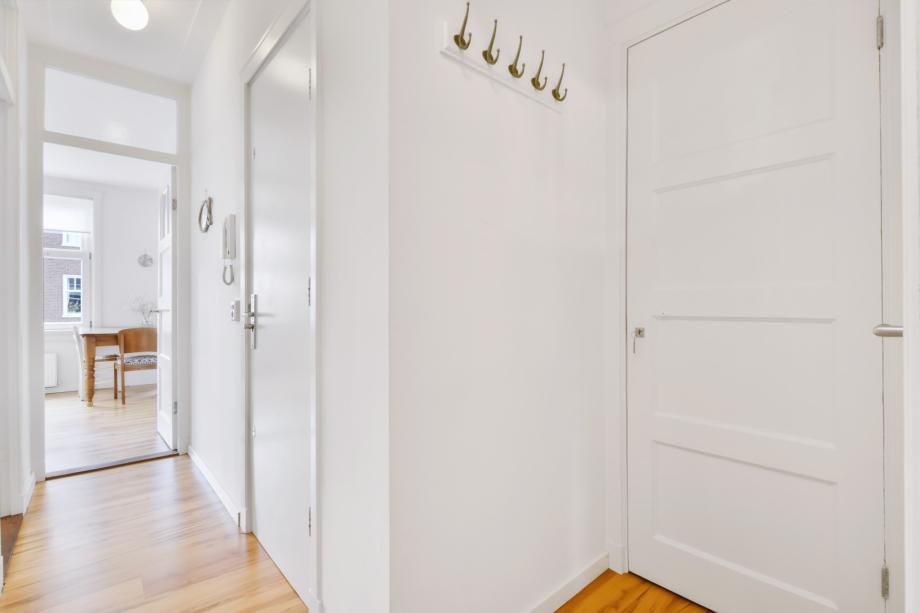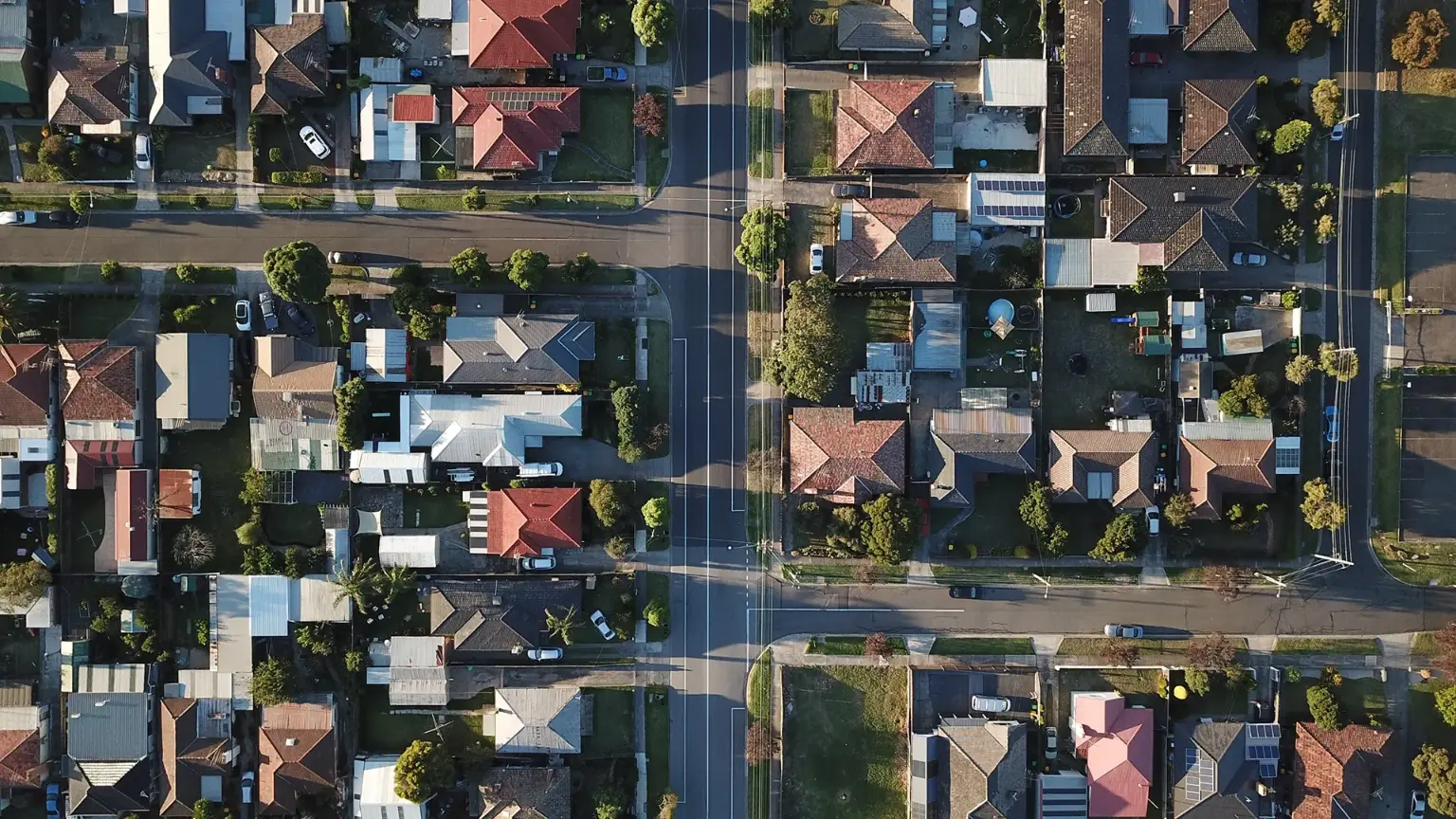Co-living homes deliver up to 80% more income than a standard investment property.
A co-living property is a type of shared accommodation that offers multiple private master bedrooms with ensuite and shared communal areas.
Each room is rented out separately to individuals and is managed by a specialised property manager.
A Co-living home is purpose-built and looks and feels like a regular home but with upgraded features and design.
Co-living properties attract tenants who are looking for affordable, flexible and hassle-free living that suits their lifestyle and needs.
Co-living properties generally house 3-4 bedrooms at $300 per room, your investment property would return between $900 & $1200+ gross per week compared to the house next door returning approx. $500 per week.
A co-living property offers benefits to an investor who is looking for a high-yield, low-risk, future-proof investment opportunity.
The ABS figures show that there is a forecasted 56% increase in the number of people living in Co-Living or Group Households by 2041.
This represents more than 230,000 additional people living in shared accommodation, indicating a significant increase in the demand for co-living style accommodation all across Australia.
230,000 additional people equates to 66,000 new co-living homes across Australia in the next 15 years.
Co-living properties have a higher occupancy and lower vacancy rate than traditional rental properties, as they cater to the growing demand for affordable and flexible housing solutions in urban areas.
Co-living properties can also offer higher capital growth as they are generally located in prime locations with access to transport, education, employment and entertainment hubs.
With property prices in major cities like Sydney, Melbourne and Brisbane skyrocketing, co-living offers an affordable accommodation option.
In December 2023 the median Australian house price surpassed the $900,000 mark making home ownership out of reach for many Australians.
And with rents being pushed up due to lack of supply and record low vacancy rates finding a home to live in let alone one that suits tenant’s requirements is becoming almost impossible.
Co-living is the solution for many creating affordable rent and making city living more accessible to many.
There are many moving parts to a co-living investment property. Ensure you work with a reputable specialist who can manage the process for you.
To view all our Co-Living Investment Properties here: https://tinyurl.com/pxzs4pwd
Key Takeaway:
High-Income Potential: Co-living homes can generate up to 80% more income than standard investment properties, with potential gross weekly earnings of $900 to $1200 from 3-4 bedrooms.
Designed for Shared Living: These properties are purpose-built for shared accommodation, featuring multiple private master bedrooms with ensuite and shared communal areas.
Attractive to Tenants: They appeal to tenants seeking affordable, flexible, and hassle-free living options that suit their lifestyle needs.
Managed Professionally: Each room in a co-living property is rented out individually and managed by specialized property managers.
Increased Demand: According to ABS forecasts, there will be a 56% increase in the number of people living in co-living or group households by 2041, indicating a growing market.
High Occupancy Rates: Co-living properties tend to have higher occupancy and lower vacancy rates compared to traditional rentals, catering to the increasing demand for flexible housing in urban areas.
Prime Location Benefits: Often located in prime urban areas with easy access to transport, education, employment, and entertainment, which can lead to higher capital growth.
Affordability: With rising property prices and rents, co-living offers a more affordable accommodation option, making city living more accessible.

_1760408926gJ50A-card.jpg)

_1758680457EfP8W-card.png)
_1754959266HOub5-card.png)
_1752115352WpaHL-card.jpg)
_1751940993PbDjZ-card.jpg)

_1764731815HUFUX.jpg)
_1764211036lHsm6.png)
_1762916285NoFl4.jpg)
_17623130443GJfk.jpg)
_1760408926gJ50A.jpg)
_17598783571Kaml.jpg)



